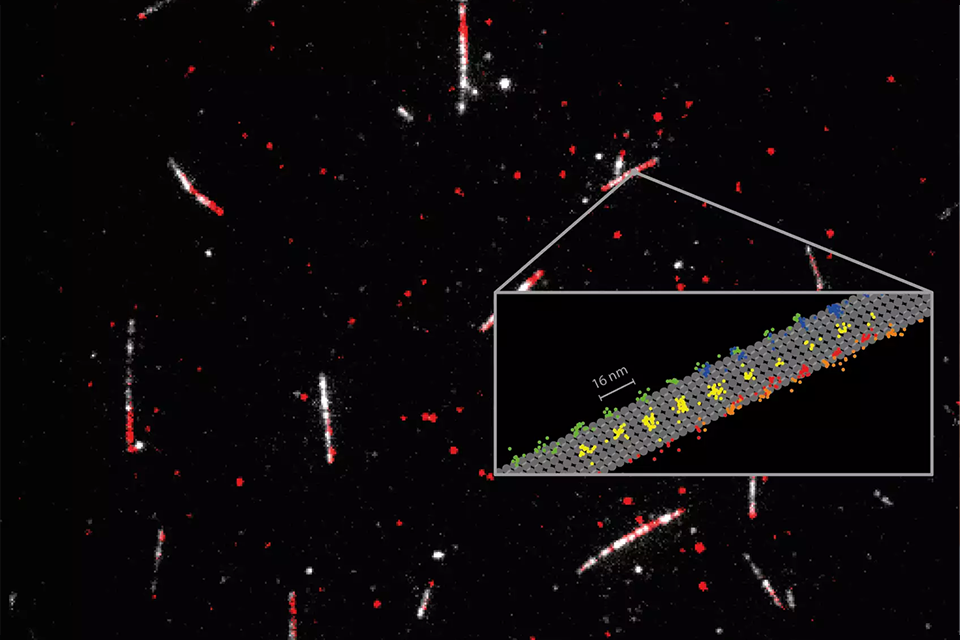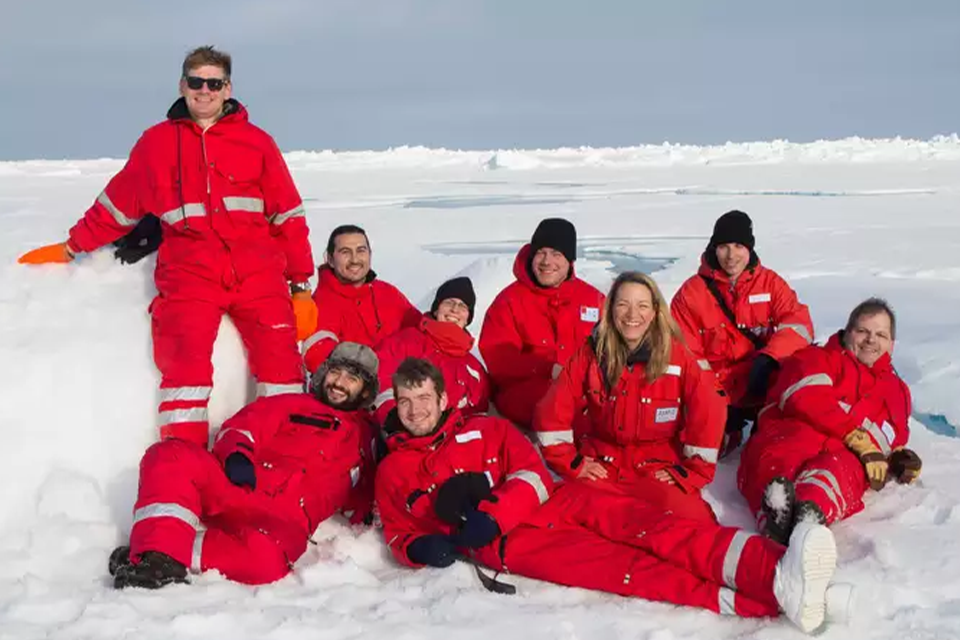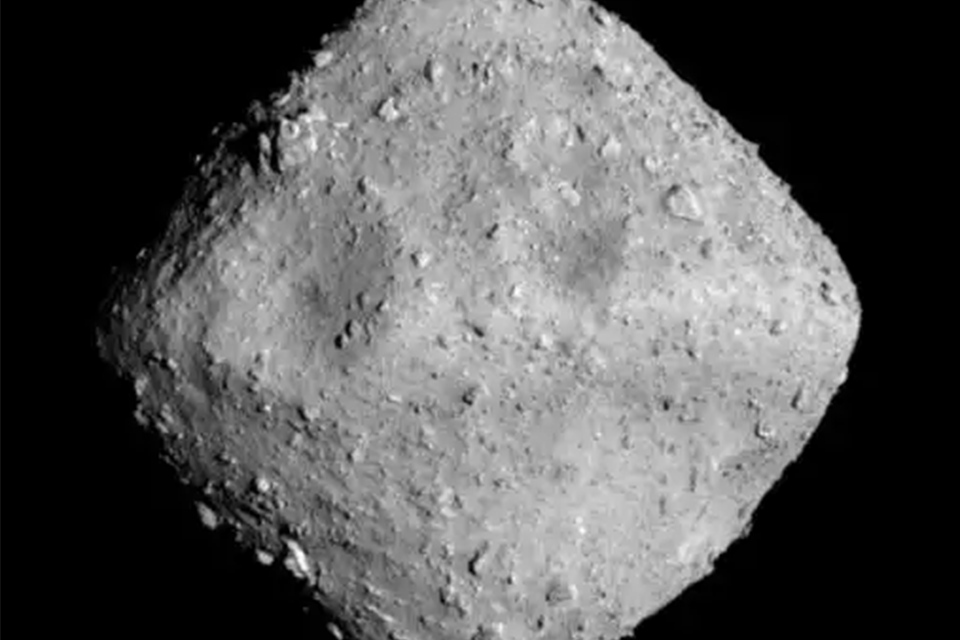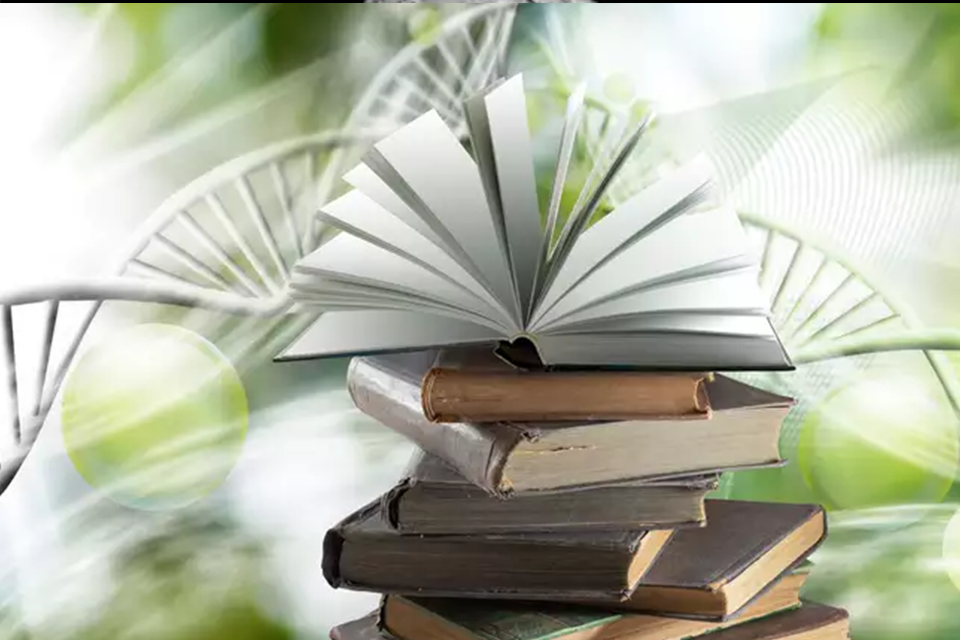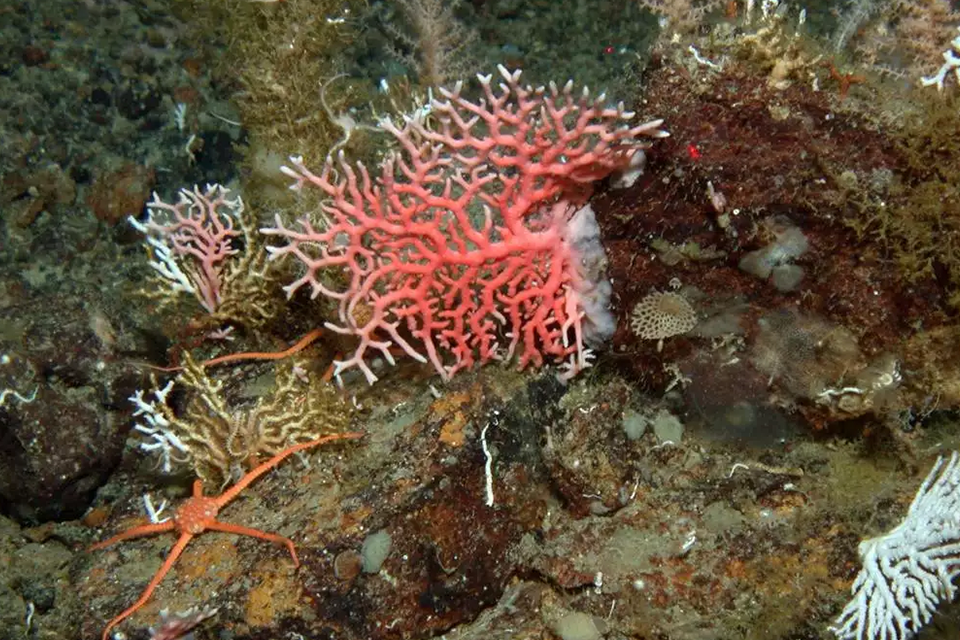Major advance in super-resolution fluorescence microscopy
Scientists led by Nobel Laureate Stefan Hell at the Max Planck Institute for Medical Research in Heidelberg have developed a super-resolution microscope with a spatio-temporal precision of one nanometer per millisecond. An improved version of their recently introduced MINFLUX super-resolution microscopy allowed tiny movements of single proteins to be observed at an unprecedented level of detail: the stepping motion of the motor protein kinesin-1 as it walks along microtubules while consuming ATP. The work highlights the power of MINFLUX as a revolutionary new tool for observing nanometer-sized conformational changes in proteins.
